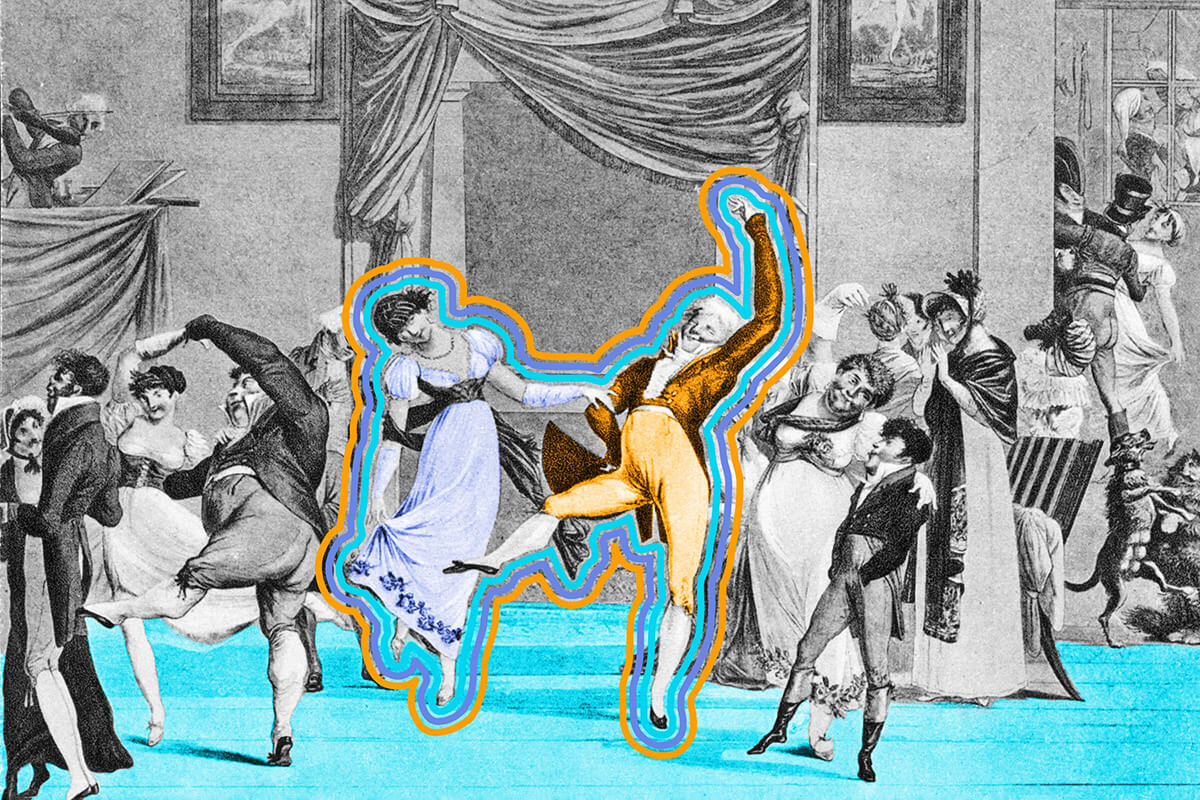
Medieval and early modern Europe saw “dance plagues” in which people danced uncontrollably for days.
There’s dancing like no one’s watching, and then there’s dancing like you have a plague. Such was the plight of hundreds of denizens of Strasbourg, then part of the Holy Roman Empire and now part of France, where a “dancing plague” lasted for weeks in 1518. First on the dance floor (read: city square) was one Frau Troffea, who danced until she collapsed from exhaustion one extremely hot day in July; after recovering her strength, she resumed her rug-cutting. She and the 30 or so others who joined in over the next week in a variety of public locations seemed unable to stop, as though their movements were involuntary. The “plague” lasted until early September, by which time at least 400 had joined in. Many were injured, and some sadly didn’t live to tell the tale.
This wasn’t the only dance plague to occur in medieval and early modern Europe. Similar events took place throughout the Holy Roman Empire as well as in Germany, Switzerland, and France, though none have been documented as thoroughly as the one in Strasbourg. No one is sure, all these centuries later, why any of this happened in the first place — many contemporary explanations were religious and/or superstitious in nature, whereas more modern theories suggest that a mold called ergot might have been responsible. As with many phenomena from ages past, we may never know the full story.
Pyotr Ilyich Tchaikovsky died in 1893, 16 years after what he called the “humiliating disappointment” of what’s now widely considered one of the greatest ballets of all time. Those in attendance at Moscow’s Imperial Bolchoï Theater on March 4, 1877, were apparently unmoved by the debut performance, in part because of a disconnect between the choreography and the composition — choreographer Julius Reisinger was said to have been “overwhelmed” by Tchaikovsky’s score, and the two were never in sync. It also didn’t help that Anna Sobeshchanskaya, who was slated to play the leading role of Princess Odette, had the part taken away from her after an engagement-gone-wrong with a Russian official; the reviews for Pelageya Karpakova, who took over for her, were less than kind. It wasn’t until Marius Petipa and Lev Ivanov helmed a new version two years after Tchaikovsky’s death that Swan Lake’s brilliance was truly recognized.

